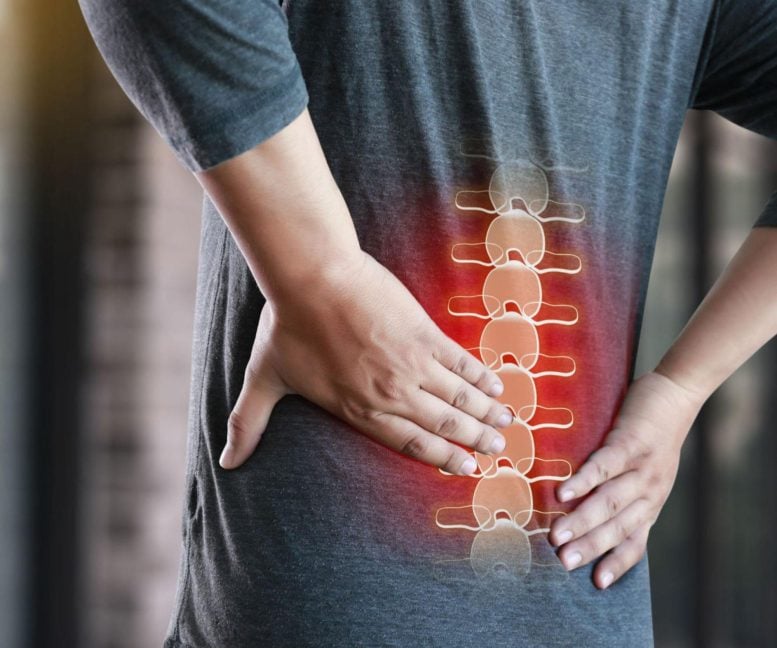A Goethe University Frankfurt study found that a combined approach works best.
Back pain is a common condition with numerous causes, including poor posture, overexertion, constant stress at work or at home, lack of exercise, and poor posture. For a considerable number of patients, the symptoms are chronic, meaning they last a long period or reoccur repeatedly. However, port and exercise therapy, when done properly, can provide alleviation.
Physiotherapy, as well as strength and stability exercises, are common treatment options. But how can the treatment be as effective as possible? Which method reduces pain the most effectively? A recent meta-analysis published in the Journal of Pain by Goethe University Frankfurt revealed new insights.
The researchers began with data from 58 randomized controlled trials (RCTs) involving over 10,000 individuals suffering from chronic low back pain throughout the globe. The relevant data from the original manuscripts were first filtered out and then analyzed in groups. When analyzing this data, the researchers looked at whether and how conventional forms of therapy and individualized treatment varied in terms of outcome. “Individualized” refers to some kind of personal coaching where therapists precisely target the needs and potentials of each patient and collaborate with them to choose the course of their treatment.

People who sit a lot and do not exercise often develop back pain. Credit: Markus Bernards for Goethe University Frankfurt
According to the research, individualized therapy for chronic back pain had a much greater impact than conventional exercise therapies. The success rate for pain alleviation was 38% more than with conventional therapy.
“The higher effort required for individual treatment is worthwhile because patients benefit to an extent that is clinically important,” says lead author Dr. Johannes Fleckenstein from the Institute of Sport Sciences at Goethe University Frankfurt.
However, the study went even further. The research team in Frankfurt compared a third group of treatment methods alongside the standard and individualized ones. In this group, individualized training sessions were combined with cognitive behavioral therapy (CBT). This procedure – a type of talk therapy – is based on the assumption that negative thoughts and behaviors surrounding pain tend to exacerbate it. Through CBT, pain patients learn to change the way they handle it.
They stop being afraid to move or are taught tactics for coping with pain. This makes them realize that they are by no means helpless. But what does psychotherapeutic support through CBT actually contribute to the success of the treatment?
Analysis of the data revealed the following: When an individualized approach and CBT were combined, the success rate in terms of pain relief was an impressive 84 percent higher than with standard treatment. The combined therapy, also called multimodal therapy, thus led to the best result by far.
Fleckenstein sees in the study “an urgent appeal to public health policy” to promote combined therapies both in terms of patient care and remuneration. “Compared to other countries, such as the USA, we are in a relatively good position in Germany.
For example, we issue fewer prescriptions for strong narcotic drugs such as opiates. But the number of unnecessary X-rays, which, by the way, can also contribute to pain chronicity, and inaccurate surgical indications are still very high.”
This is also due, according to Fleckenstein, to economic incentives, that is, the relatively high remuneration for such interventions. The situation is different for organizations working in the area of pain therapy, he says. Although these are not unprofitable, they are not a cash cow for investors either. In his view, it is important here to improve the economic conditions. After all, pain therapy saves a lot of money in the long run as far as health economics are concerned, whereas tablets and operations rarely lead to medium and long-term pain relief.
- rasbridge and Karlston
-

 2
2




Recommended Comments
There are no comments to display.
Join the conversation
You can post now and register later. If you have an account, sign in now to post with your account.
Note: Your post will require moderator approval before it will be visible.